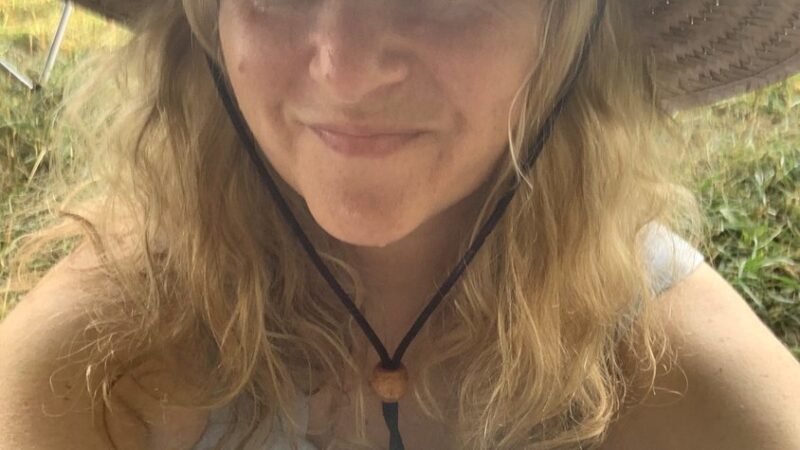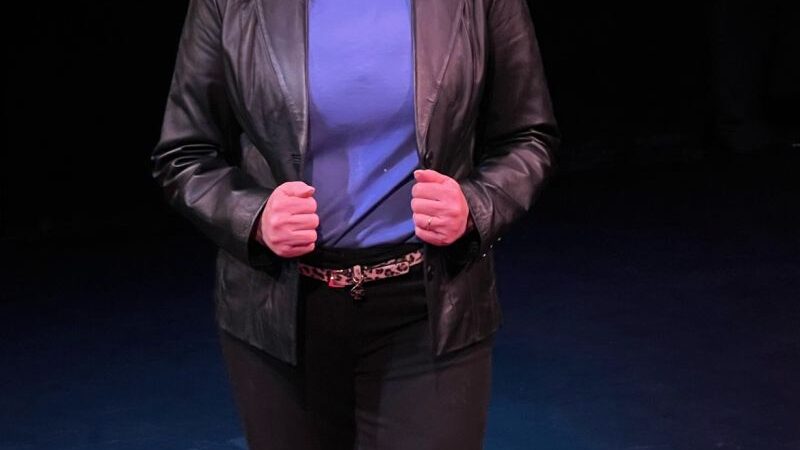Indigenous North American Stickball: A Sacred Tradition of Athleticism and Cultural Identity

Indigenous North American Stickball, also known as “lacrosse” in some regions, is a traditional sport that has deep roots in the cultures and societies of Native American tribes. More than just a game, stickball holds immense cultural significance, acting as a conduit for spiritual connection, community cohesion, and the preservation of ancestral traditions. Indigenous North American Stickball has evolved over centuries, reflecting the diverse customs of different tribes while remaining a testament to the resilience and strength of Indigenous peoples.
Historical Origins
The origins of Indigenous North American Stickball date back centuries, with the exact timeframe often disputed due to the lack of written records. However, oral traditions and archaeological evidence provide insight into its ancient history. Tribes such as the Choctaw, Cherokee, Iroquois, and many others engaged in variations of stickball long before European contact. The game was not only a source of entertainment but also a training ground for warriors, helping to hone essential skills like teamwork, agility, and strategic thinking.
Spiritual and Cultural Significance
To many Indigenous North American Stickball transcends the realm of mere sport. It’s imbued with spiritual symbolism, often regarded as a way to honor and connect with ancestors. Many stickball games begin with rituals, ceremonies, and prayers, seeking blessings for safety, strength, and success. The sticks themselves are considered sacred, with each being meticulously crafted and often adorned with feathers, leather, and other materials of spiritual significance. The game’s flow is said to mirror the cycles of life, reflecting birth, growth, struggle, and ultimately, a return to the spiritual realm.
Community and Social Cohesion
Indigenous North American Stickball serves as a powerful communal activity, fostering unity among tribal members and neighboring communities. Games could stretch over days and even weeks, bringing people together for a shared experience that strengthened social ties. The gatherings surrounding stickball games provided an opportunity for tribal members to exchange stories, share knowledge, and reinforce their collective identity. Inter-tribal games also facilitated diplomacy and trade among different Native American nations.
Variations Across Tribes
Though the basic concept of stickball remains consistent, there are numerous variations in rules and gameplay across different tribes. The Cherokee, for instance, engaged in “Anetso,” a game where players aimed to hit a wooden goalpost with a ball, while the Choctaw version involved using two sticks to catch and throw the ball. The Iroquois people had a unique style of play where the ball was carried in a wooden stick with a netted pouch, similar to what is now recognized as modern lacrosse.
Colonial Influence and Resilience
The arrival of European settlers brought significant changes to Indigenous cultures, including modifications to stickball. As settlers observed the game being played, they drew parallels to their own sport of cricket and later field hockey. This led to the term “lacrosse” being adopted in some areas, referencing the bishop’s staff used in French religious ceremonies. While some aspects of the game may have changed, Indigenous communities have demonstrated remarkable resilience in preserving the core elements and spiritual significance of stickball.
Revival and Modern Expression
The 19th and 20th centuries witnessed a decline in traditional stickball due to factors such as forced relocations, boarding schools, and cultural suppression. However, many Indigenous communities never abandoned their cherished sport. Efforts to revitalize stickball gained momentum in the late 20th century, driven by a resurgence of cultural pride and the desire to reconnect with ancestral practices.
Today, stickball continues to thrive as both a traditional practice and a modern sport. Tournaments and games are held across North America, attracting players and spectators from various backgrounds. Indigenous youth are learning the game from elders and mentors, ensuring the transmission of this cultural legacy to future generations. In some cases, non-Indigenous players are also embracing stickball, contributing to a broader understanding and appreciation of Indigenous cultures.
Conclusion
Indigenous North American Stickball stands as a testament to the resilience, spirituality, and communal strength of Native American tribes. Beyond being a game, it embodies the essence of cultural identity and serves as a bridge between generations. With its ancient origins, deep-rooted traditions, and evolving expressions, stickball demonstrates that the Indigenous spirit can thrive even in the face of adversity. As the sport continues to captivate hearts and minds, it honors the heritage of North America’s first inhabitants and offers valuable lessons in the preservation of cultural legacies.
Frequently Asked Questions (FAQs) on Indigenous North American Stickball
1. What is Indigenous North American stickball?
Indigenous North American stickball, also known as “lacrosse” in some areas, is a traditional sport played by various Native American tribes across the continent. It involves two teams competing to score goals by getting a ball into the opposing team’s goal using sticks with nets attached.
2. What is the cultural significance of stickball?
Stickball holds immense cultural significance for Indigenous tribes. It’s not just a game; it’s a spiritual and communal practice that connects players with their ancestors and cultural heritage. The game often begins with rituals and ceremonies to seek blessings and guidance.
3. How did stickball originate?
The exact origins of stickball are difficult to pinpoint due to the lack of written records, but it has ancient roots among Native American tribes. Different tribes have their own oral traditions and histories explaining the game’s origin. It was played long before European contact and served as a way to train warriors and promote teamwork.
4. How is stickball played?
The game is typically played by two teams with varying numbers of players. Each player uses a stick with a netted pouch at one end to catch, carry, and throw the ball. The objective is to score goals by getting the ball into the opposing team’s goal. The rules can vary between tribes, and the game can last for hours or even days.
5. How are the sticks and balls made?
The sticks used in stickball are traditionally made from wood, often hickory, and are handcrafted by skilled artisans. The netted pouches are woven from leather, sinew, or other materials. The balls can vary in material, from wood to deerskin, and are often compact and durable to withstand the intense gameplay.
6. What is the connection between stickball and spirituality?
Stickball is deeply connected to spirituality in Indigenous cultures. It’s believed that playing the game helps honor ancestors, follow the cycles of life, and connect with the spiritual realm. Many games are preceded by rituals, prayers, and ceremonies to ensure players’ safety and success.
7. How does stickball foster community cohesion?
Stickball gatherings bring together tribal members and neighboring communities. These events provide an opportunity for social interaction, storytelling, and the strengthening of community bonds. The game serves as a unifying force that transcends differences and brings people together.
8. How has stickball evolved over time?
Stickball has evolved over time, adapting to changing circumstances while preserving its core elements. The influence of European settlers introduced modifications, but Indigenous communities have worked to maintain the sport’s cultural integrity. Efforts to revive and promote stickball have gained momentum in recent decades.
9. Are there different variations of stickball?
Yes, there are various regional and tribal variations of stickball. Different tribes have unique rules, field dimensions, and gameplay styles. For example, the Cherokee, Choctaw, and Iroquois tribes each have their own distinctive ways of playing the game.
10. Is stickball still played today?
Yes, stickball is still played today by Indigenous communities across North America. Efforts to revitalize the sport have led to the organization of tournaments, inter-tribal games, and cultural events centered around stickball. It continues to be an important tradition that connects past, present, and future generations.
11. Can non-Indigenous people play stickball?
Yes, in many cases, non-Indigenous people are welcome to participate in stickball games and events. This can foster cultural exchange and understanding. However, it’s important to approach the game with respect for its cultural significance and to learn about the traditions and protocols associated with it.
12. How does stickball contribute to cultural preservation?
Stickball plays a crucial role in preserving Indigenous cultures by transmitting ancestral knowledge, values, and practices to younger generations. It ensures that traditional customs, rituals, and stories are kept alive, even in the face of external pressures and challenges.
13. What can we learn from Indigenous stickball?
Indigenous stickball teaches us the importance of honoring and preserving cultural heritage, the power of community bonding, and the resilience of Indigenous peoples. It highlights the significance of sports not just as games, but as vehicles for spirituality, identity, and unity.






